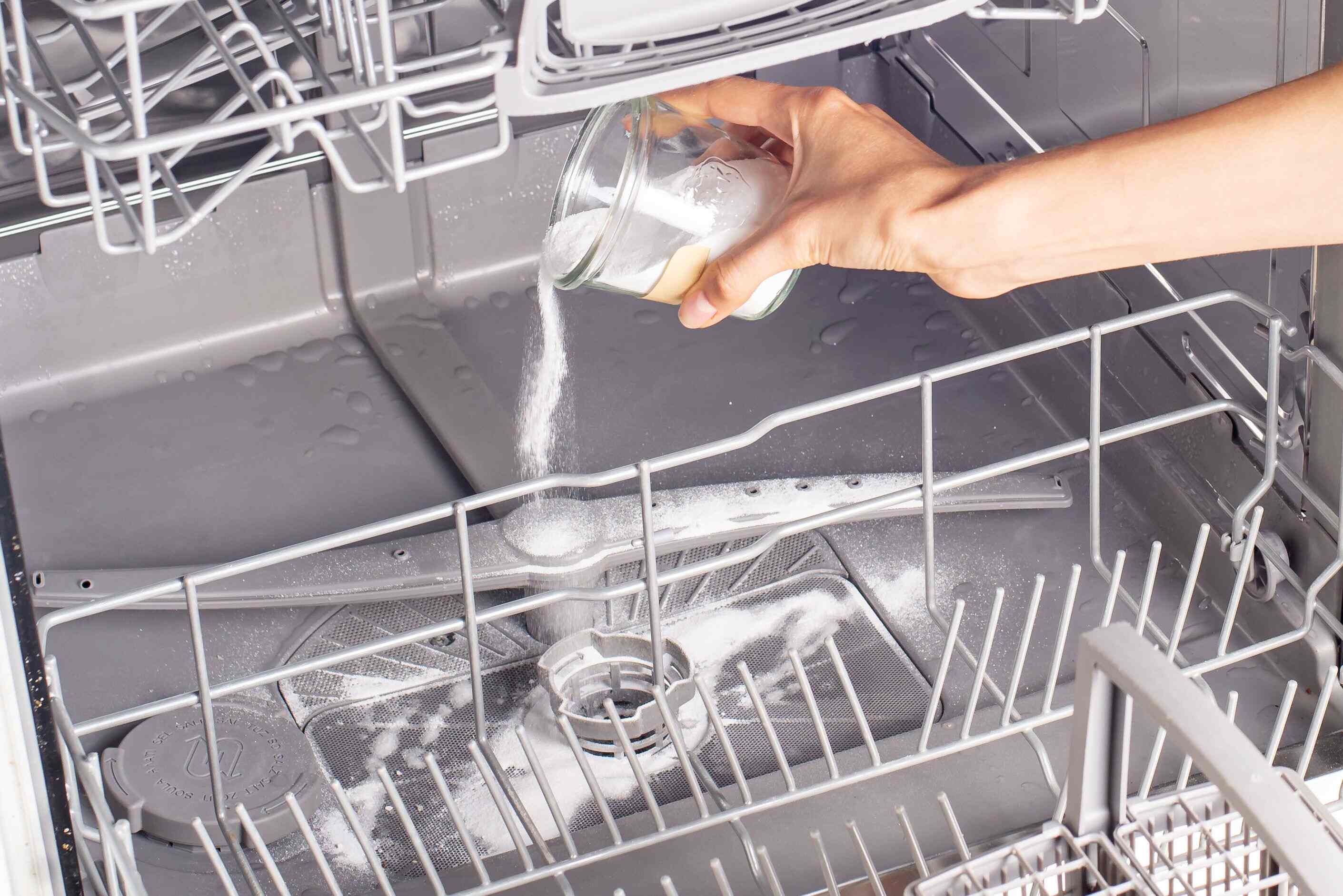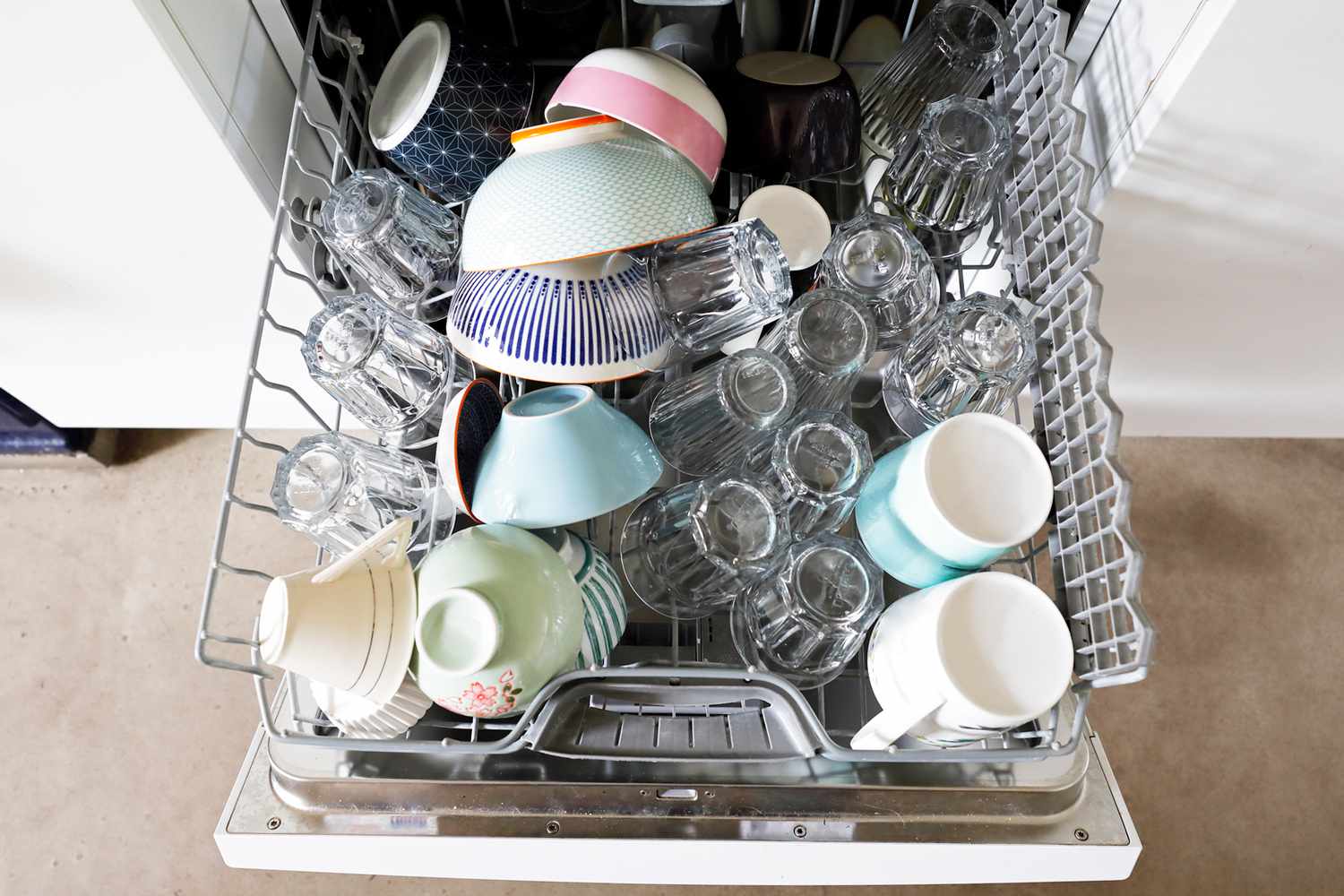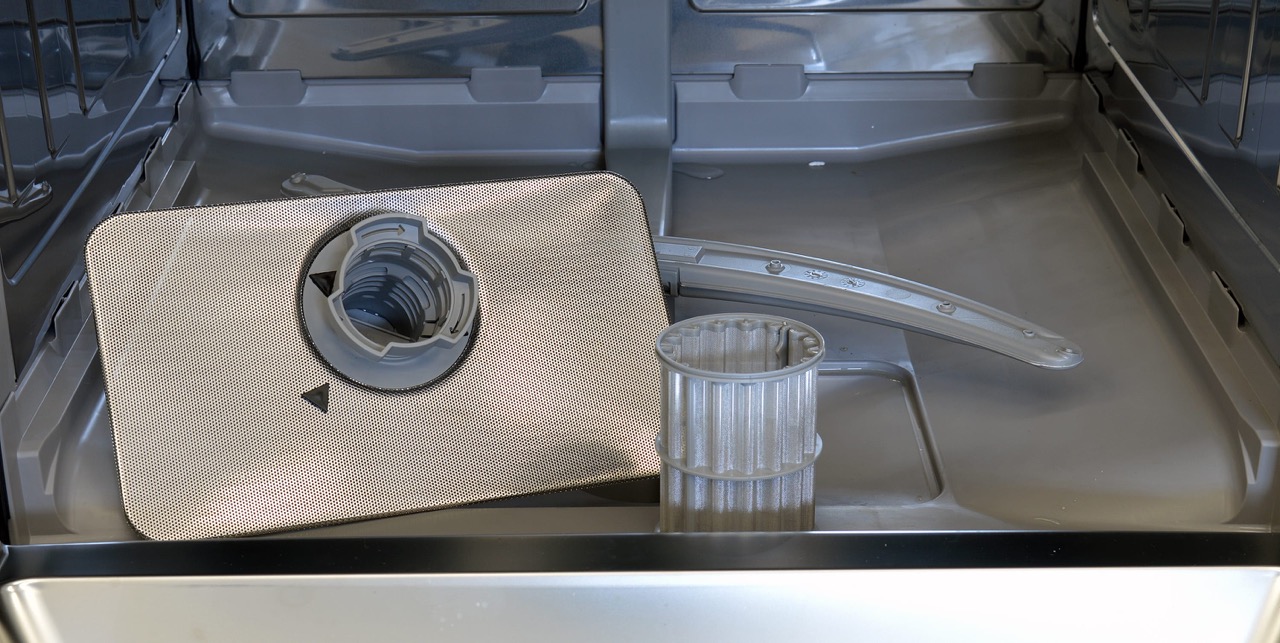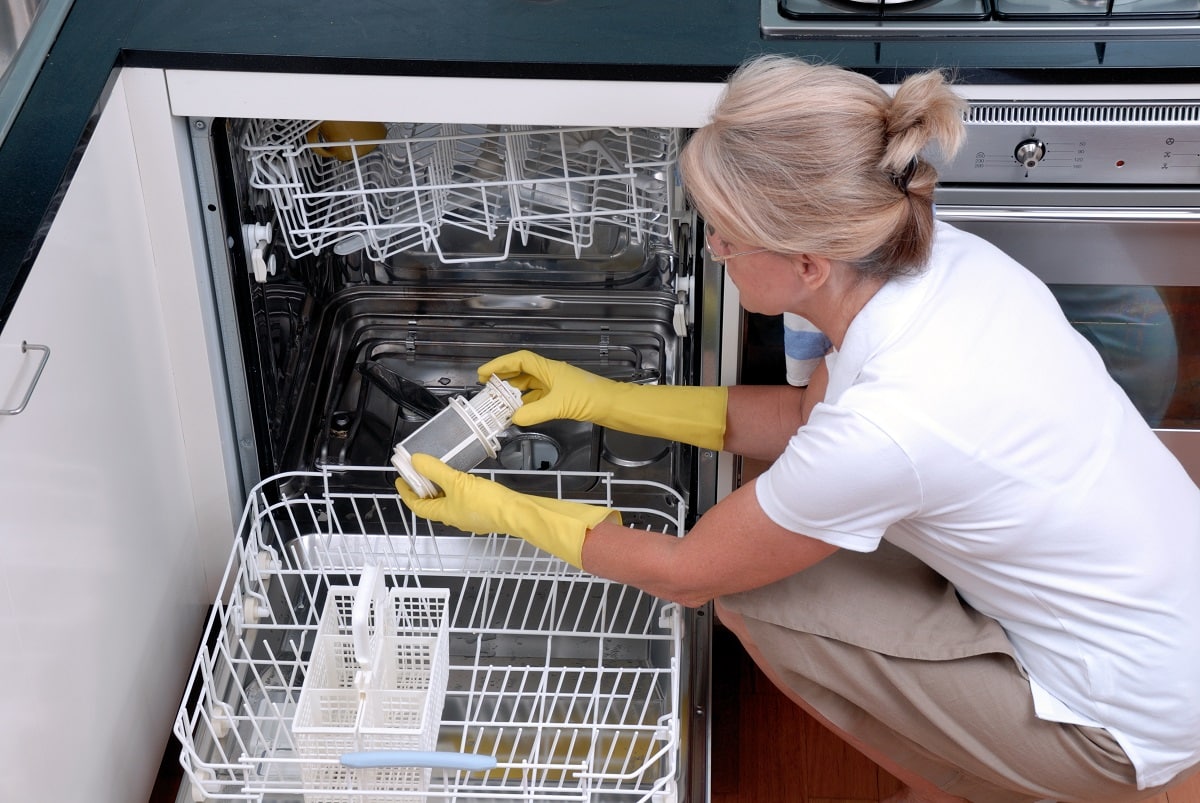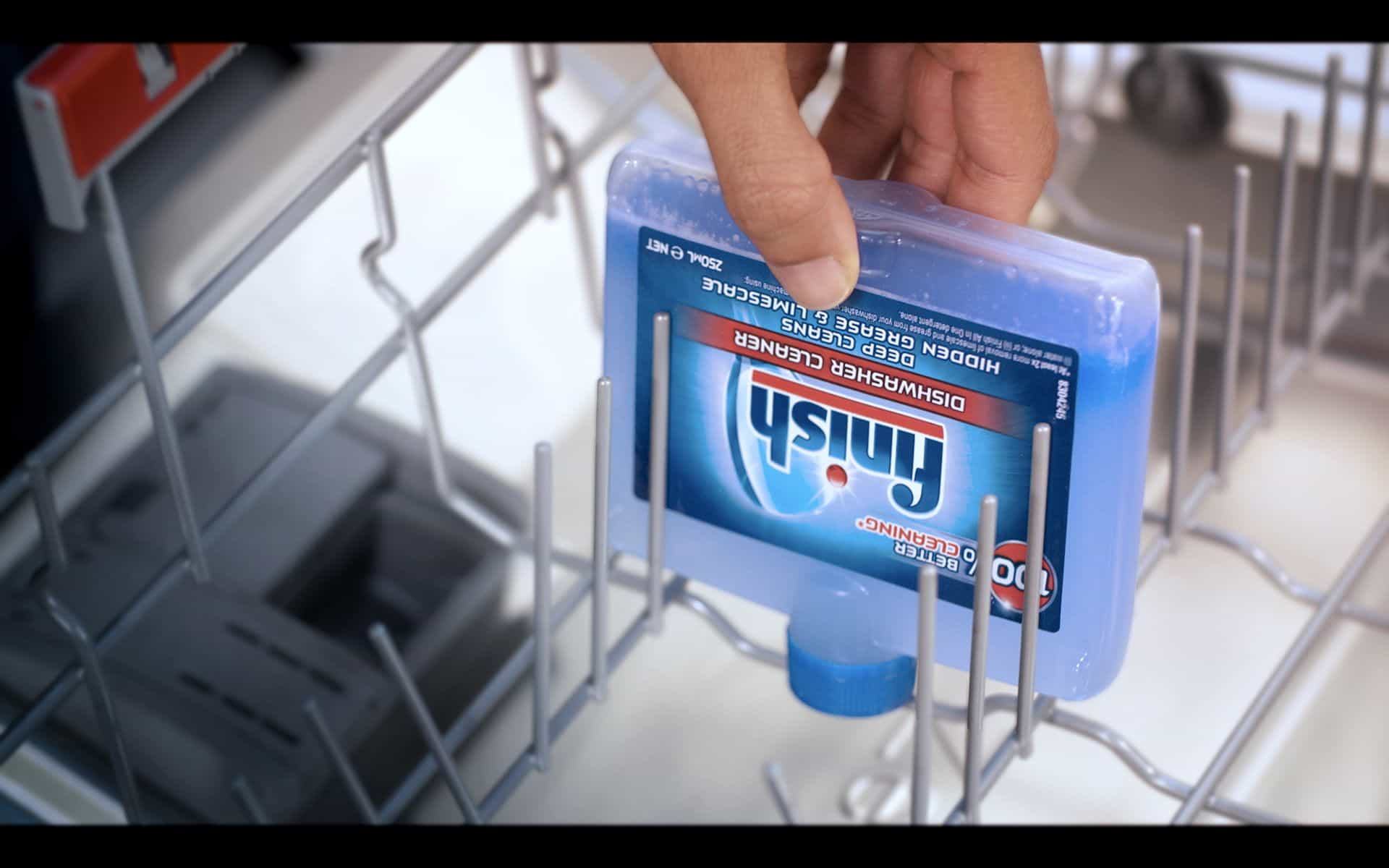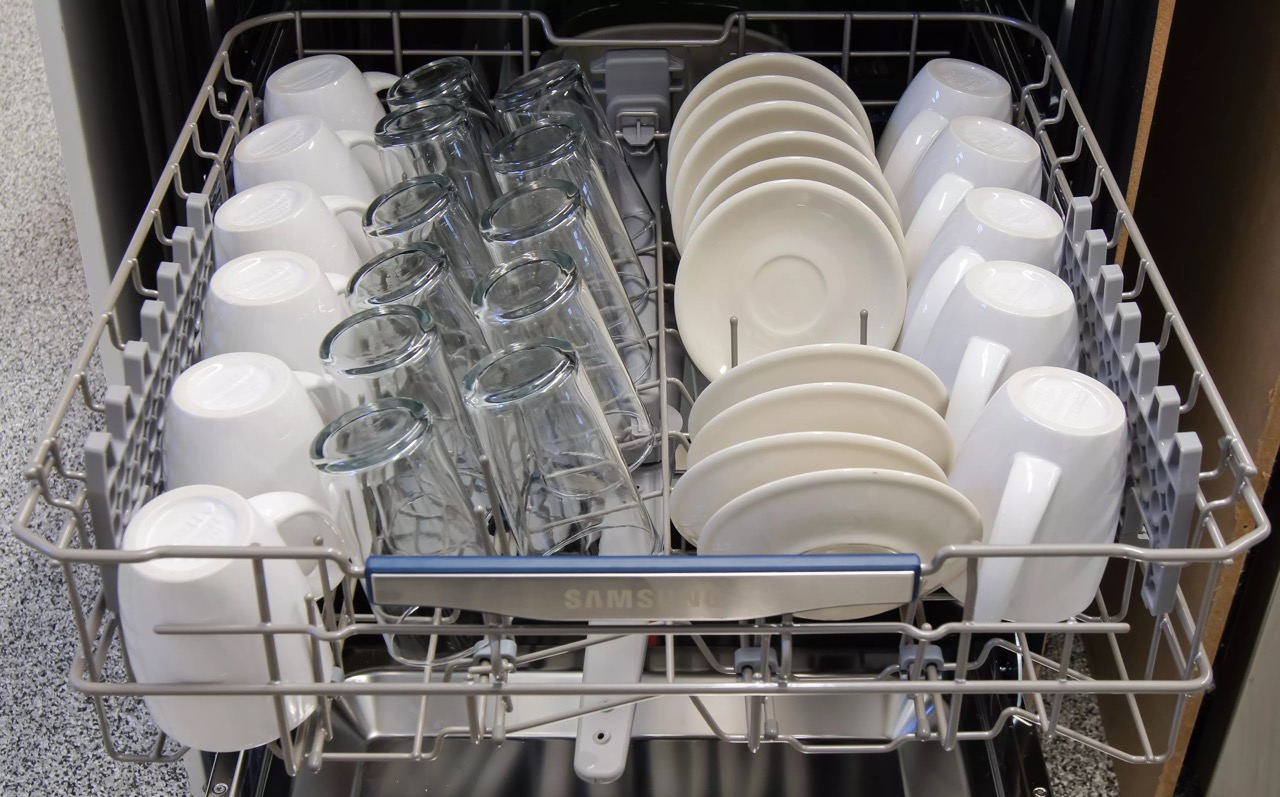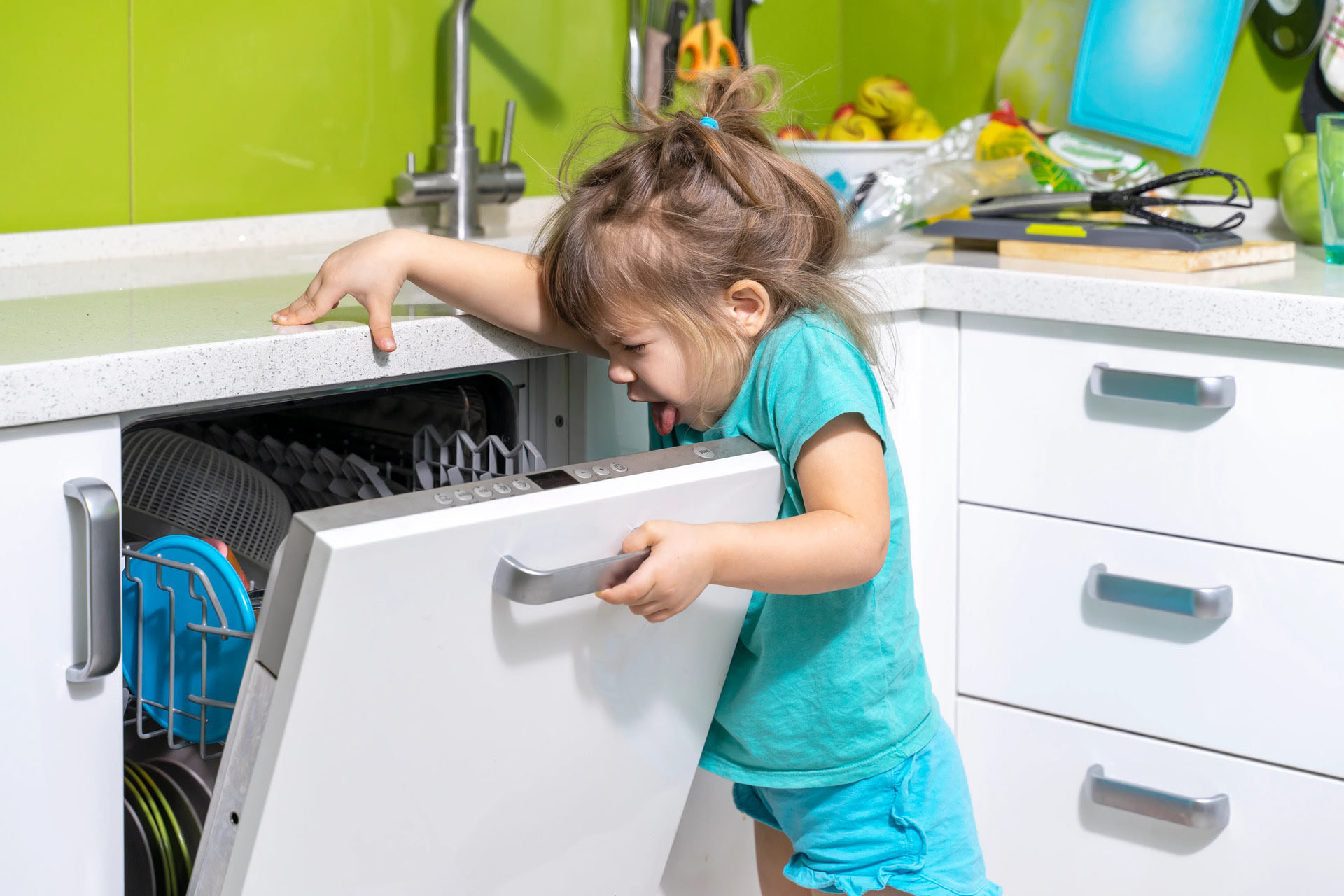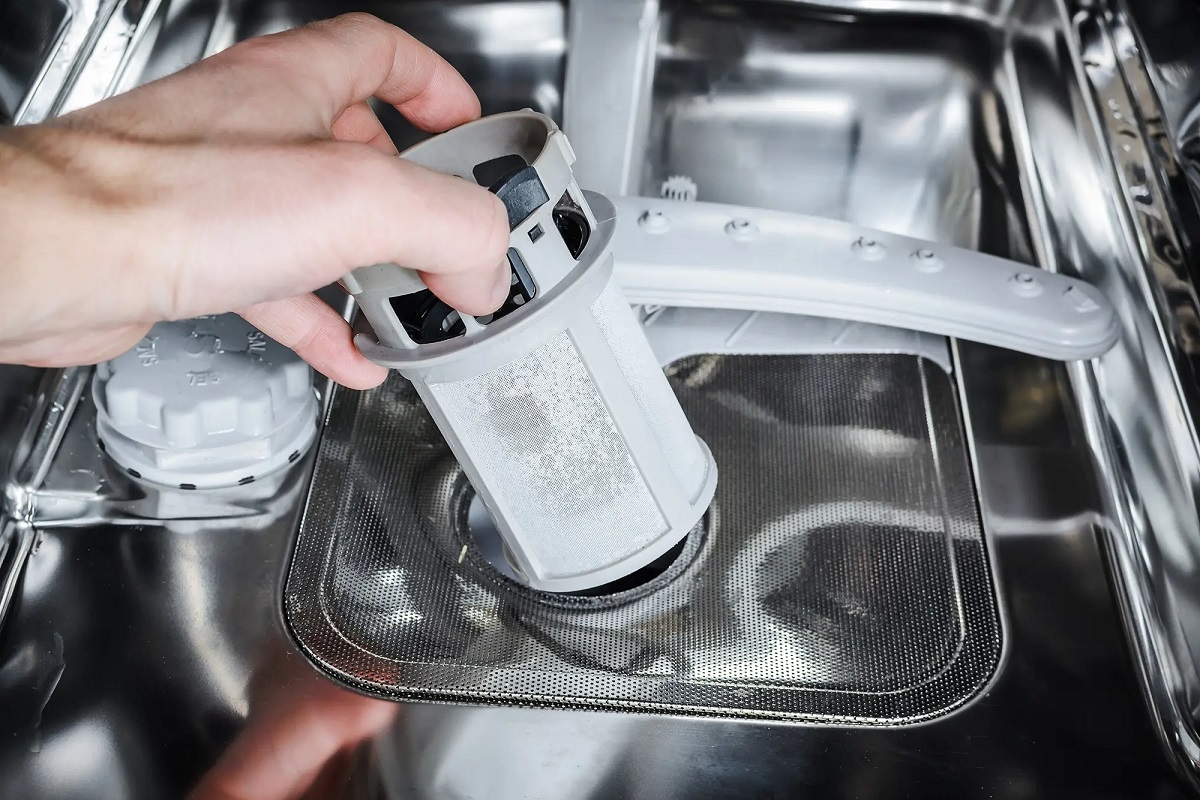Home> Dishwasher Cleaning Tips
Discover Top Dishwasher Cleaning Tips to Sparkle & Shine!
Learn the best dishwasher cleaning tips to make your dishes sparkle and shine! Discover effective methods for maintaining a clean and efficient dishwasher.
How To Clean A Dishwasher To Remove Buildup And Soap Scum
By: Daniel Carter • 45 Best Kitchen Storage Ideas You Can't Miss Out On
This Dishwasher Maintenance Trick Will Save You A Service Fee
By: Benjamin Parker • Interior Design
